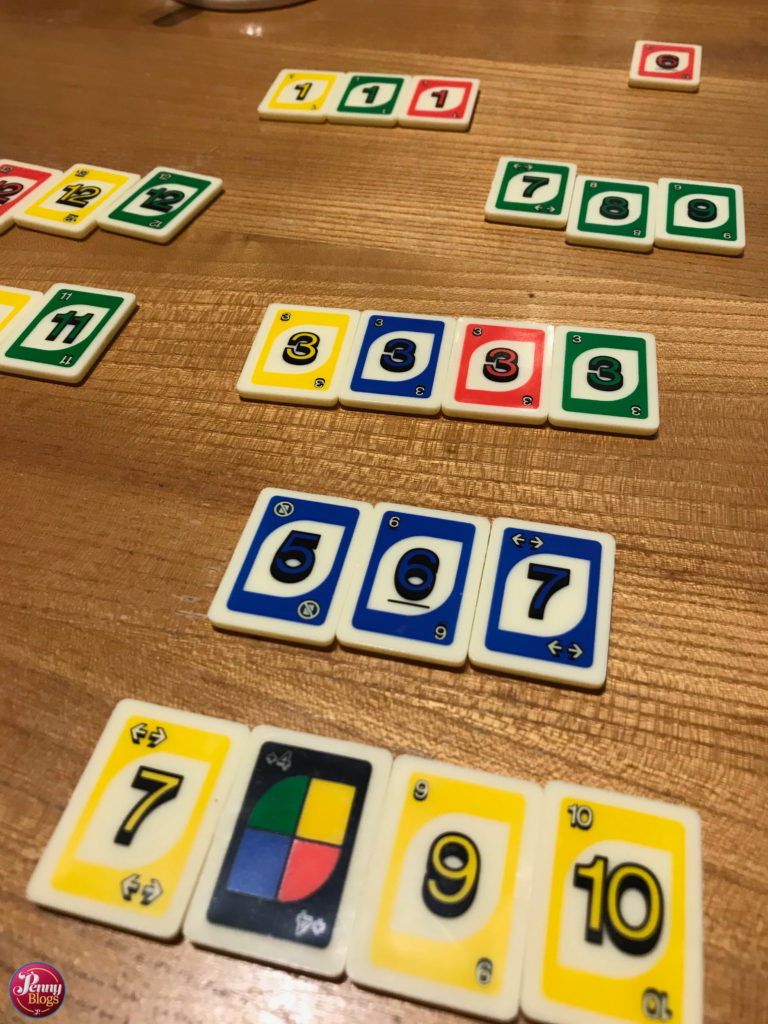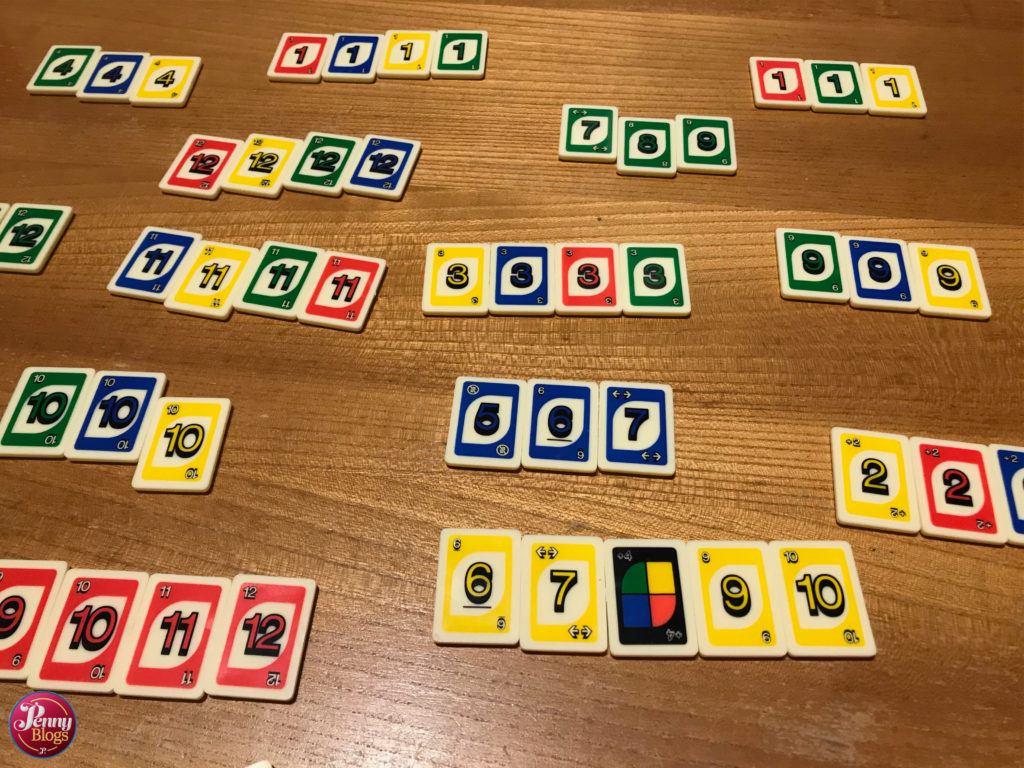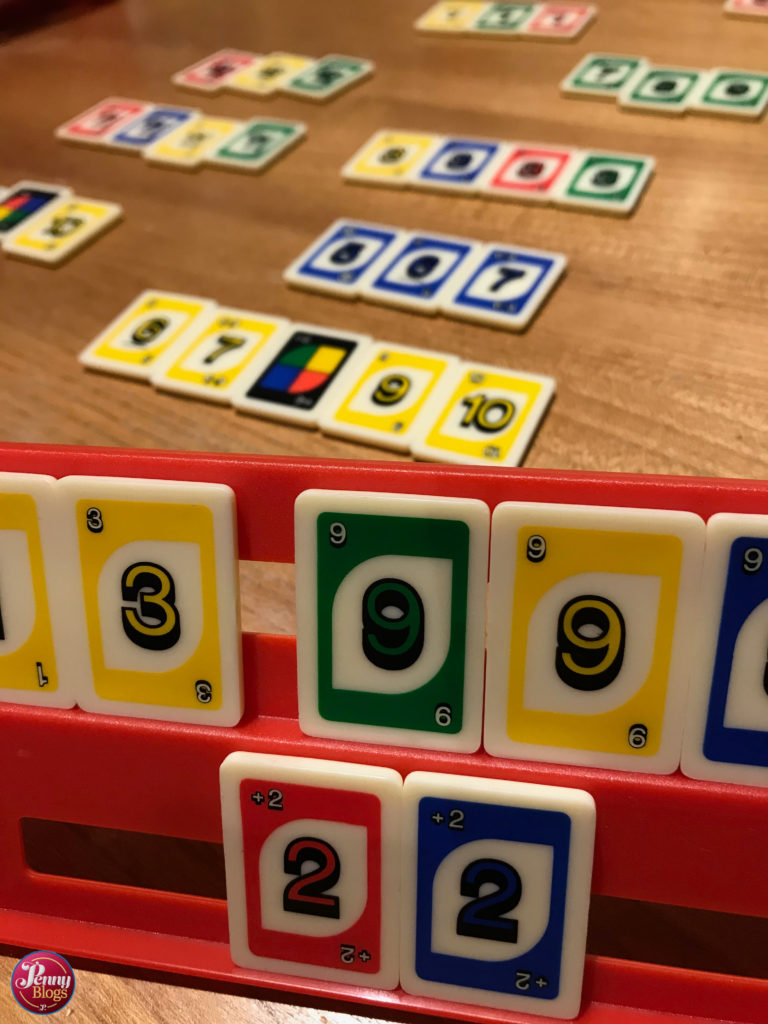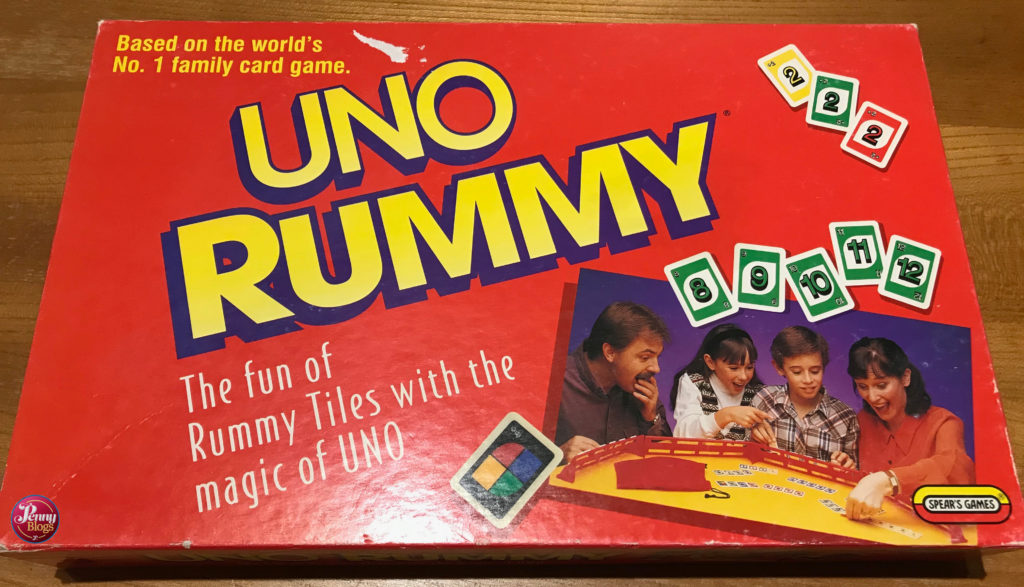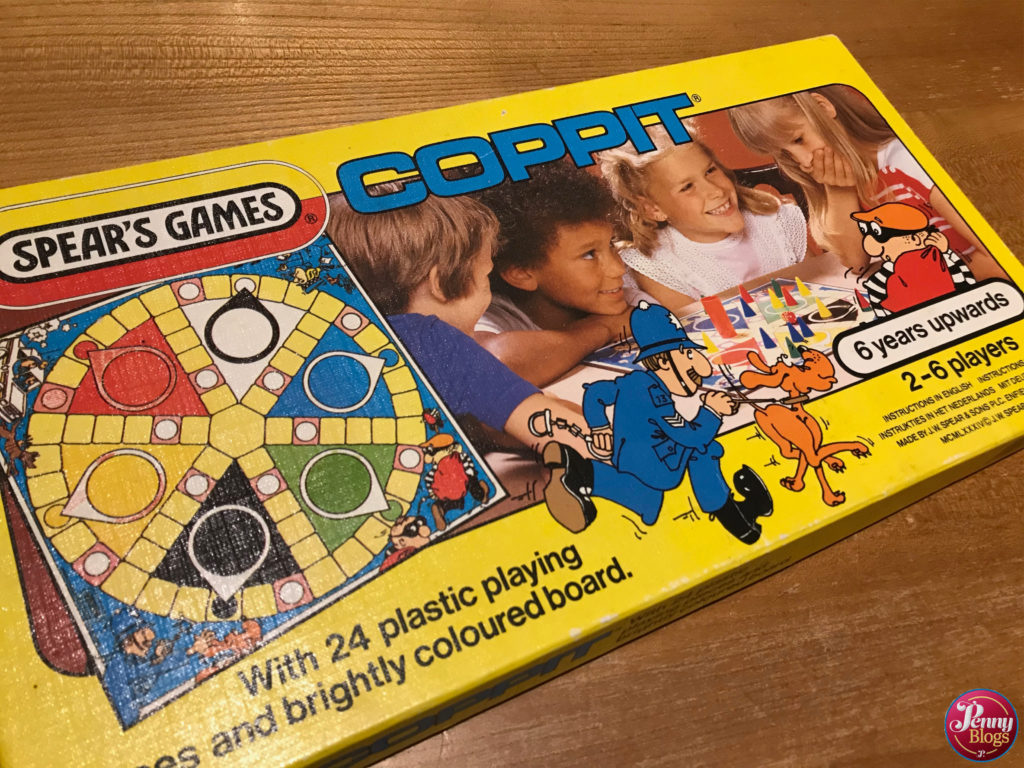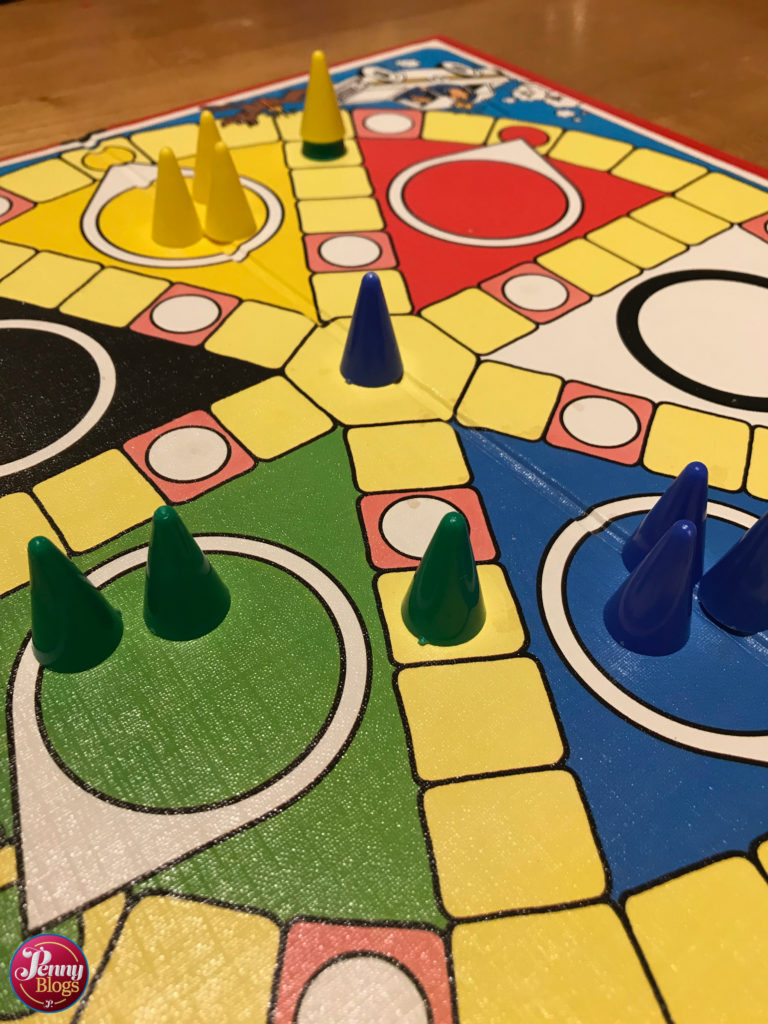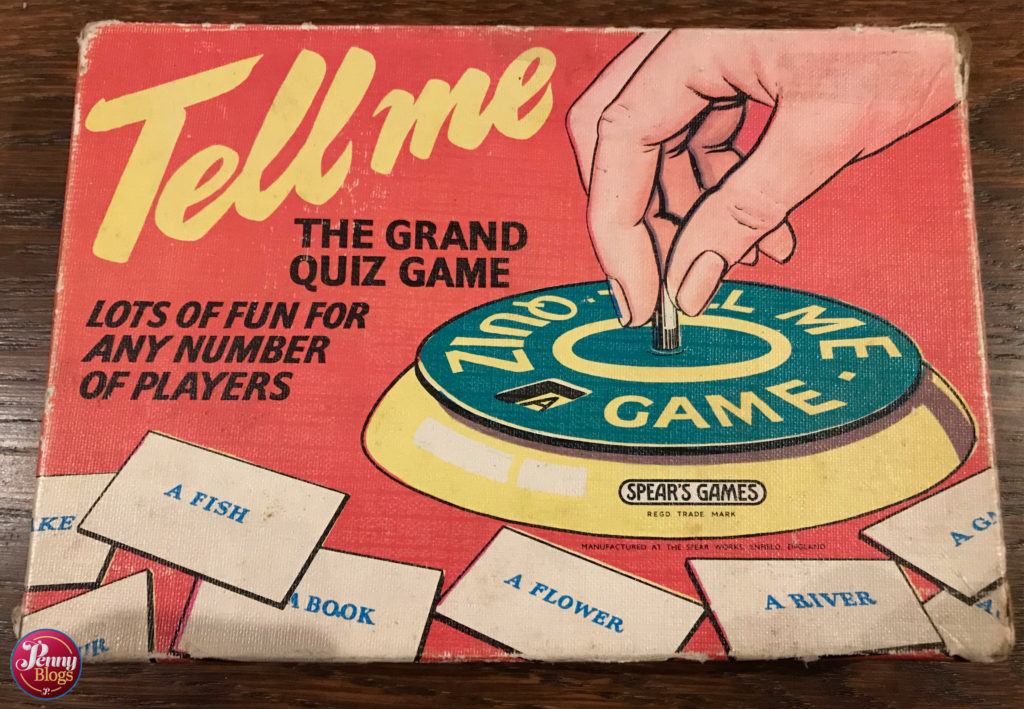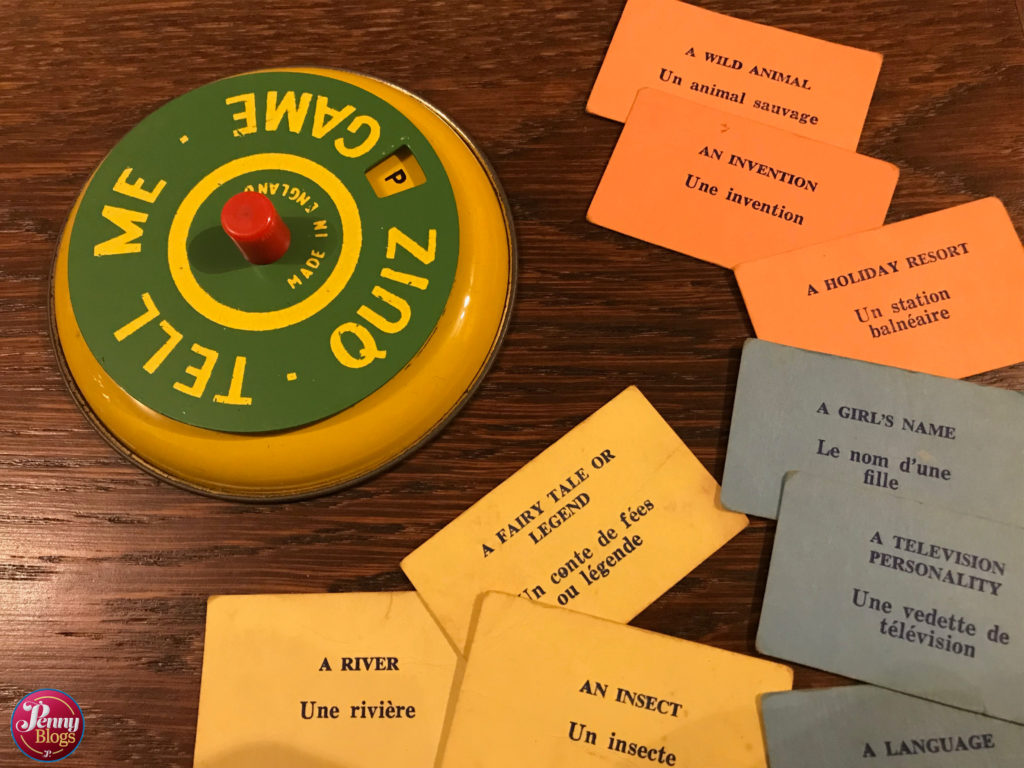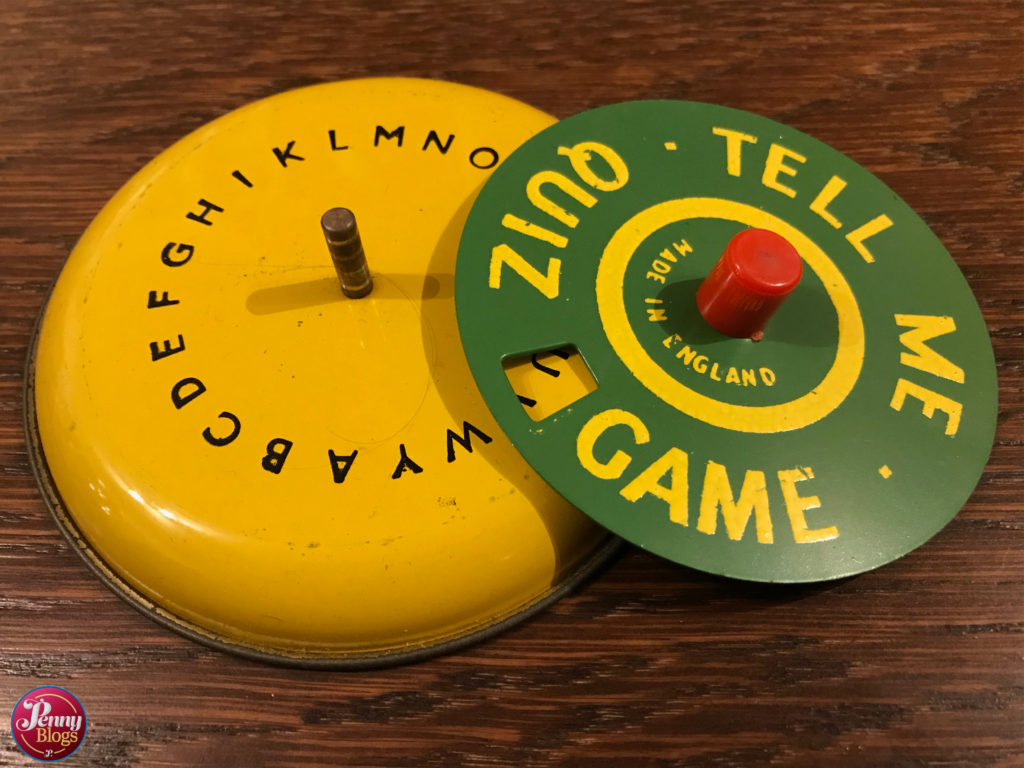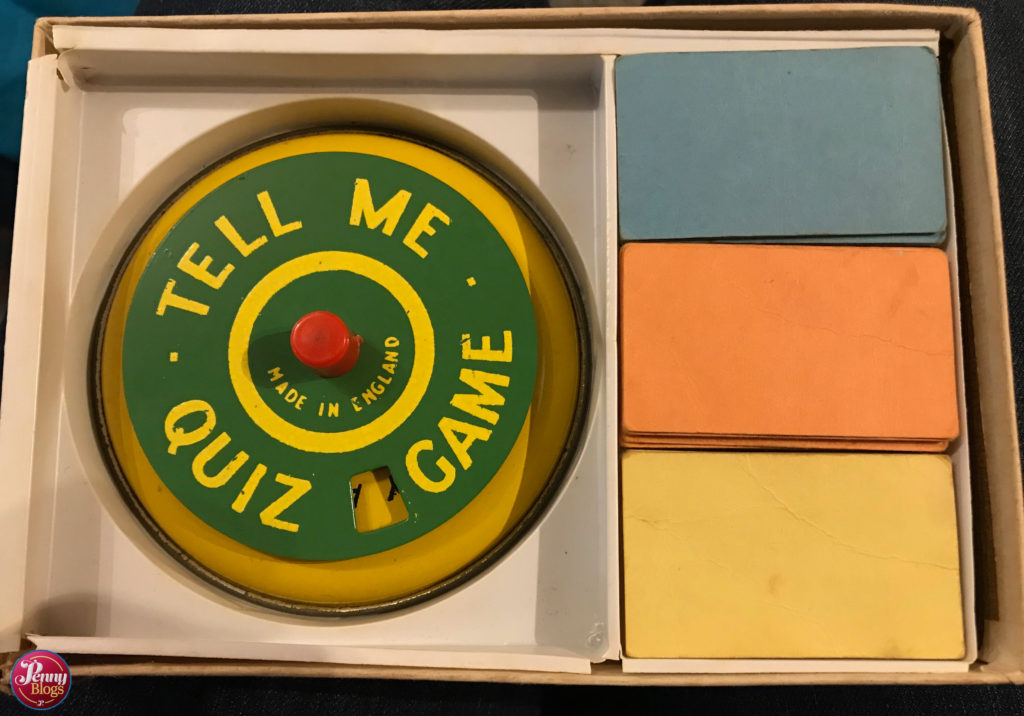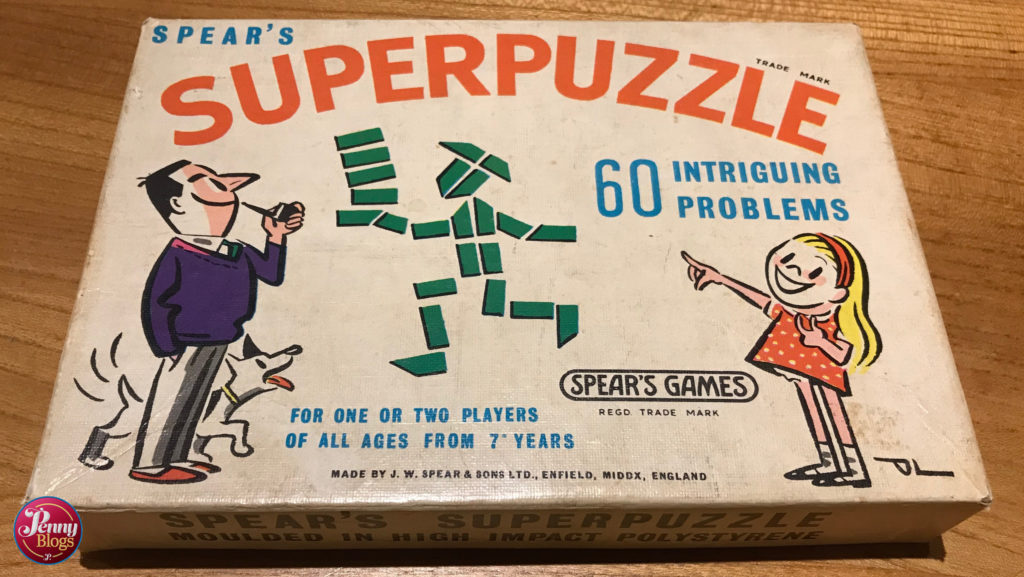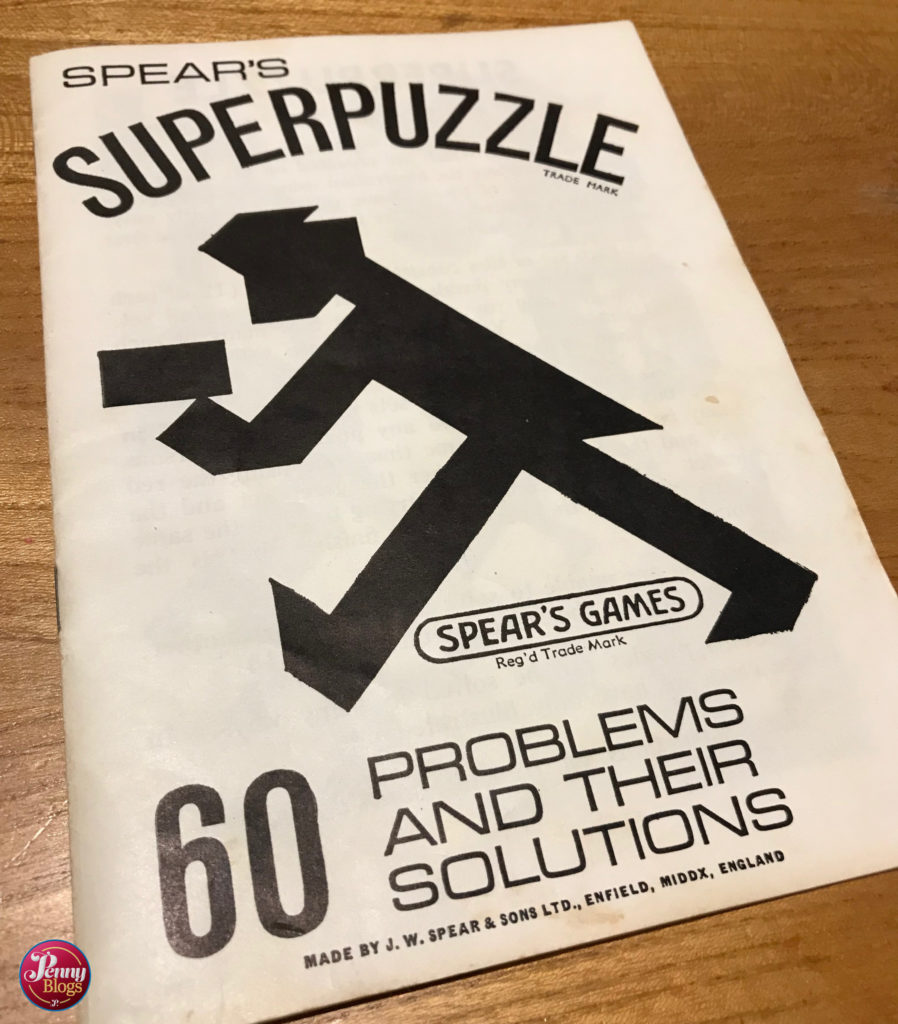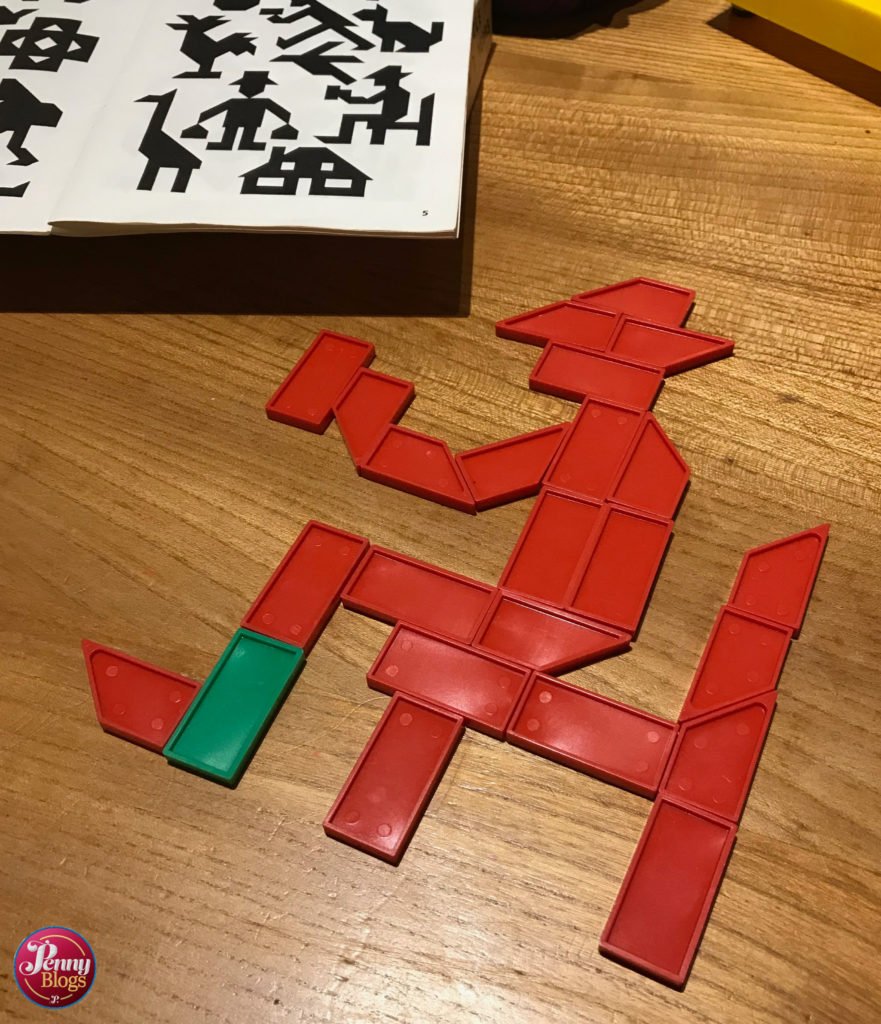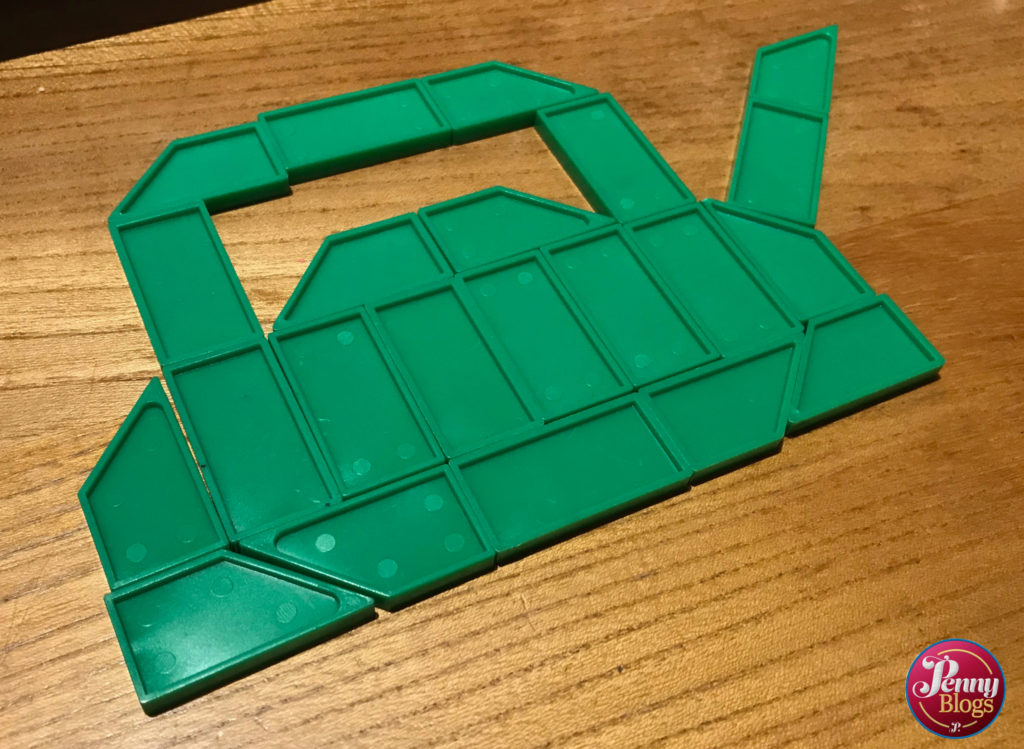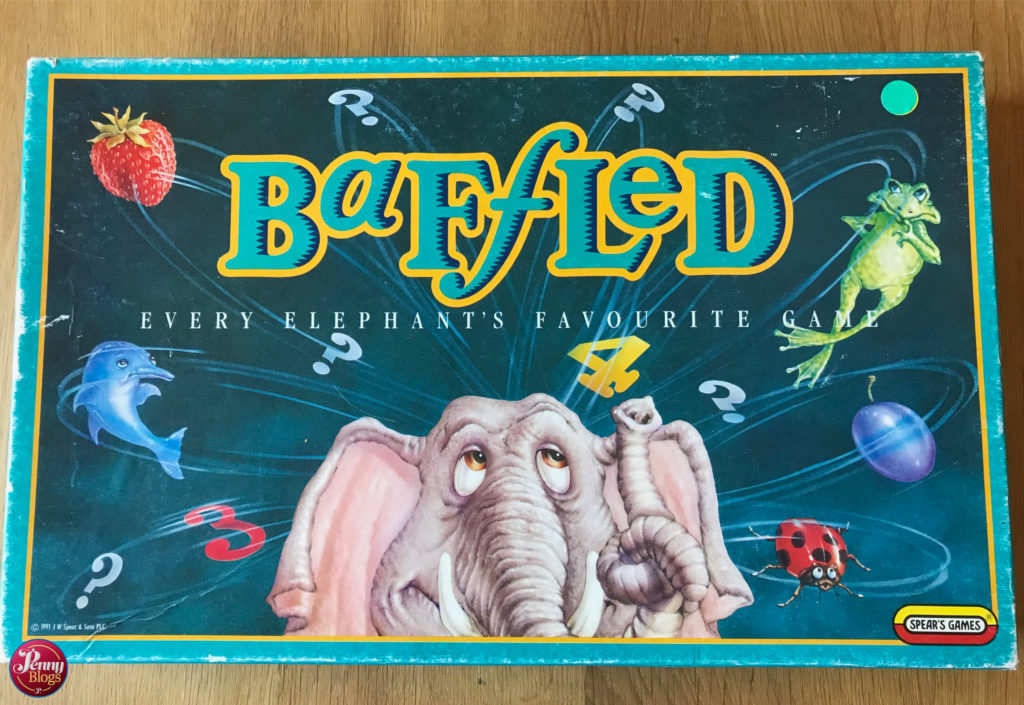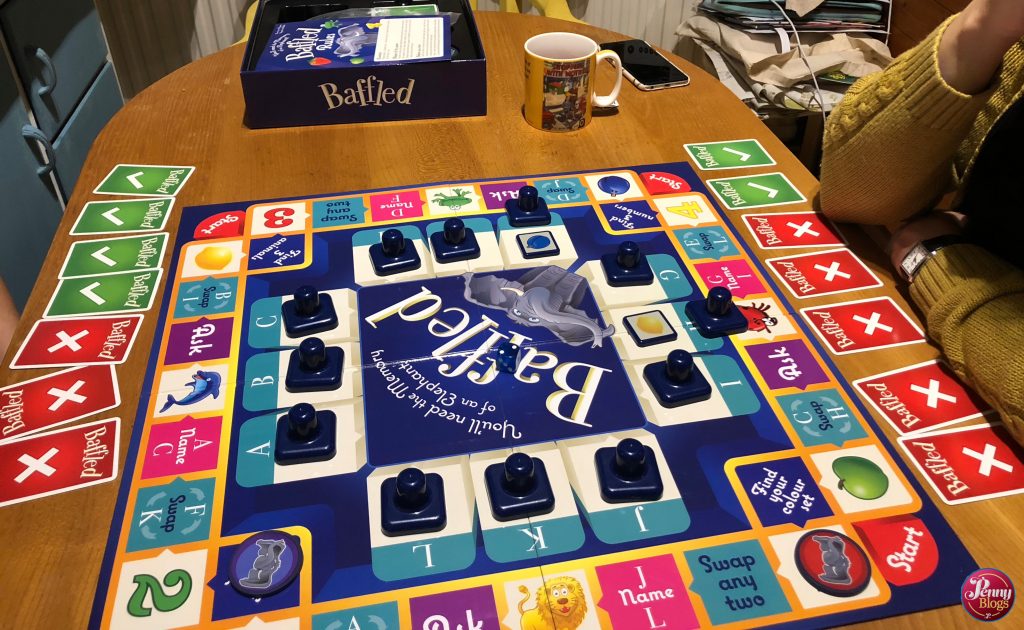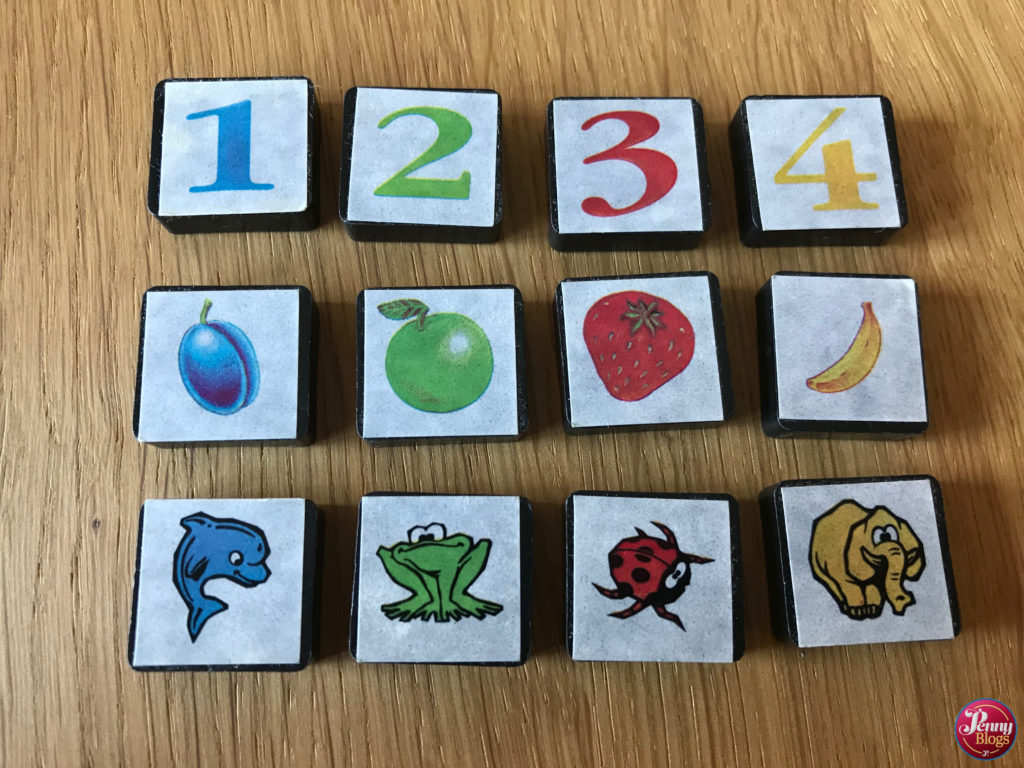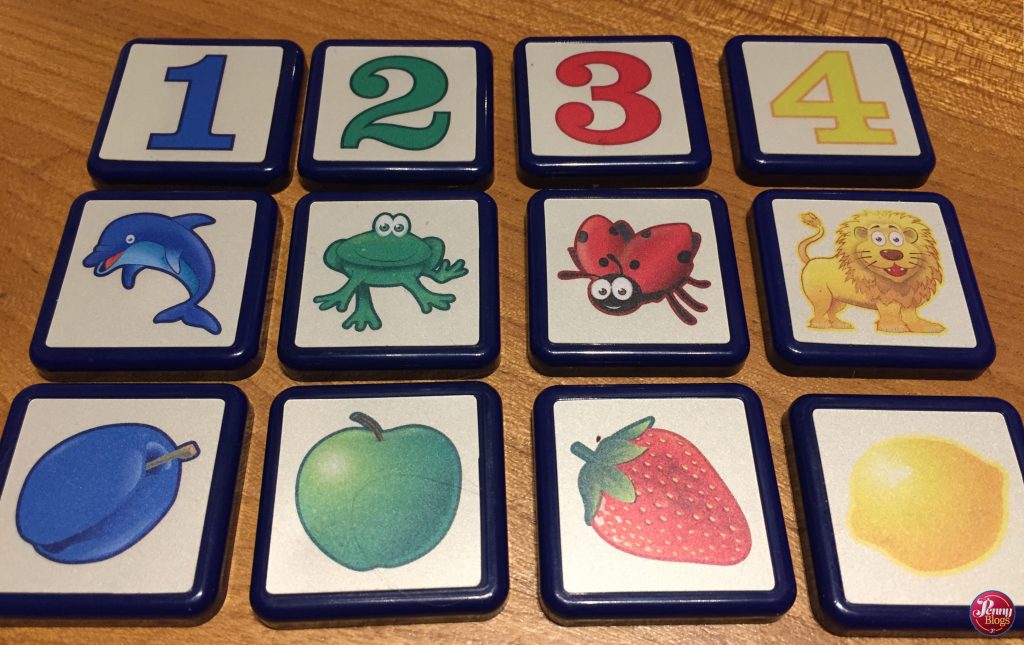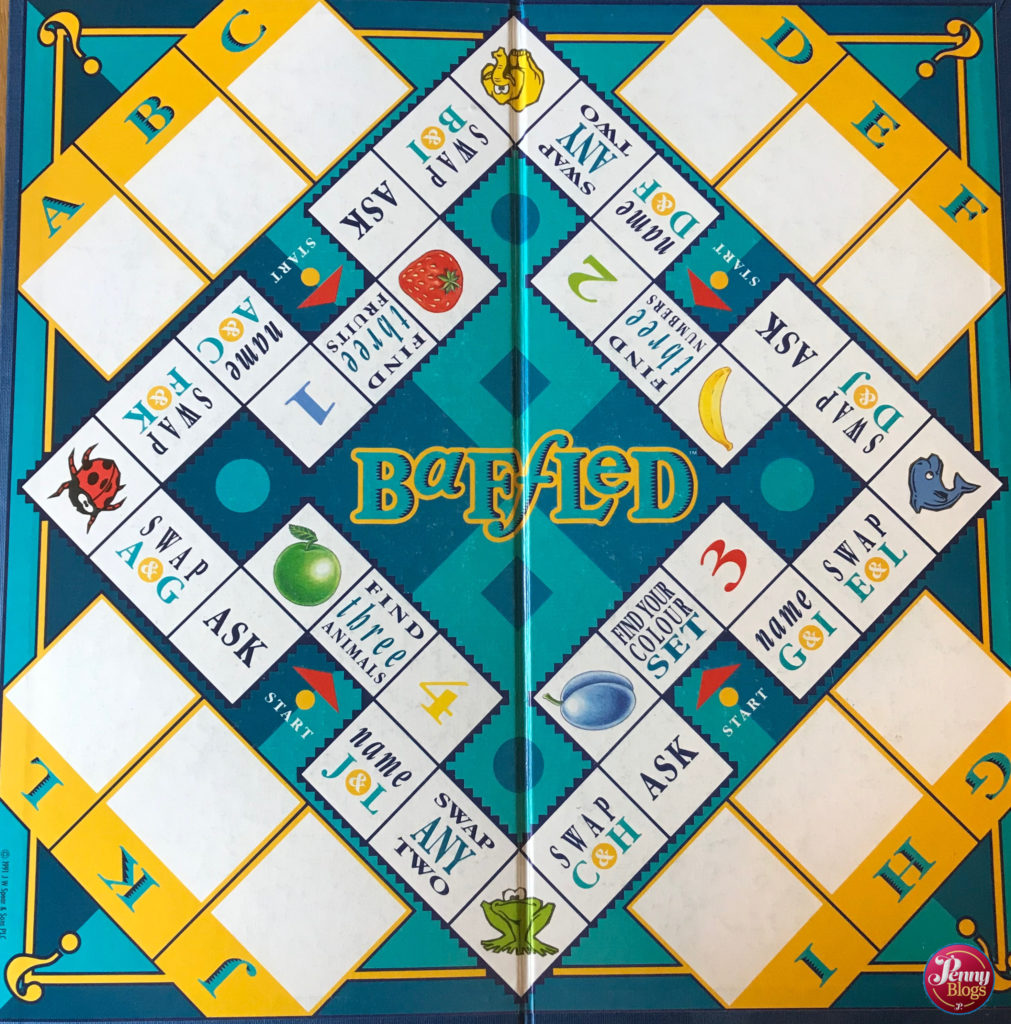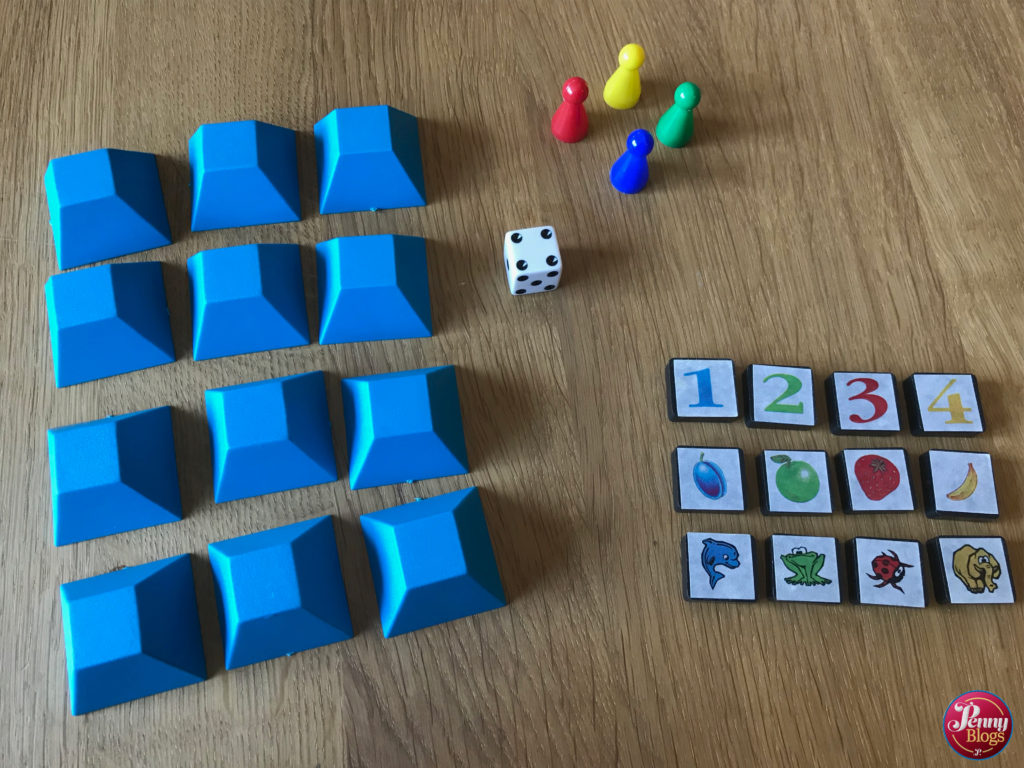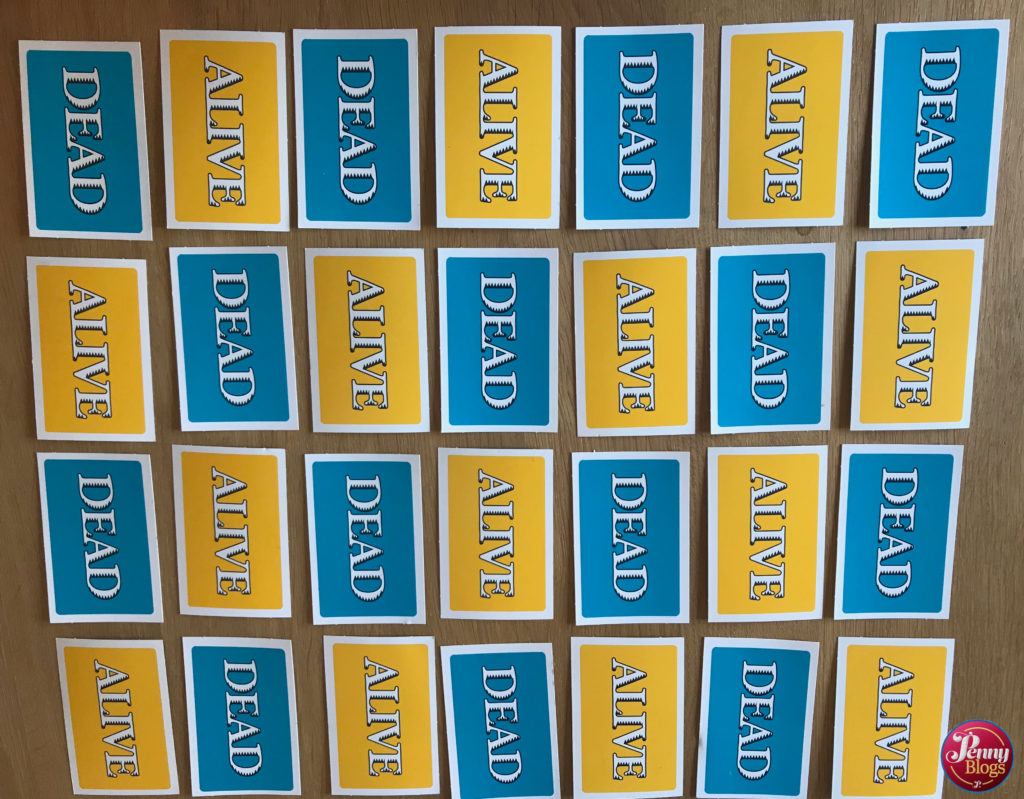When you’re working your way through as many vintage board games as we do you’re not going to find that all of them are your cup tea. I’m afraid that might be the case with the Donkey and the Carrot; a 1974 family board game from Spears Games. It’s a very cute game for children, but also incredibly frustrating in parts.
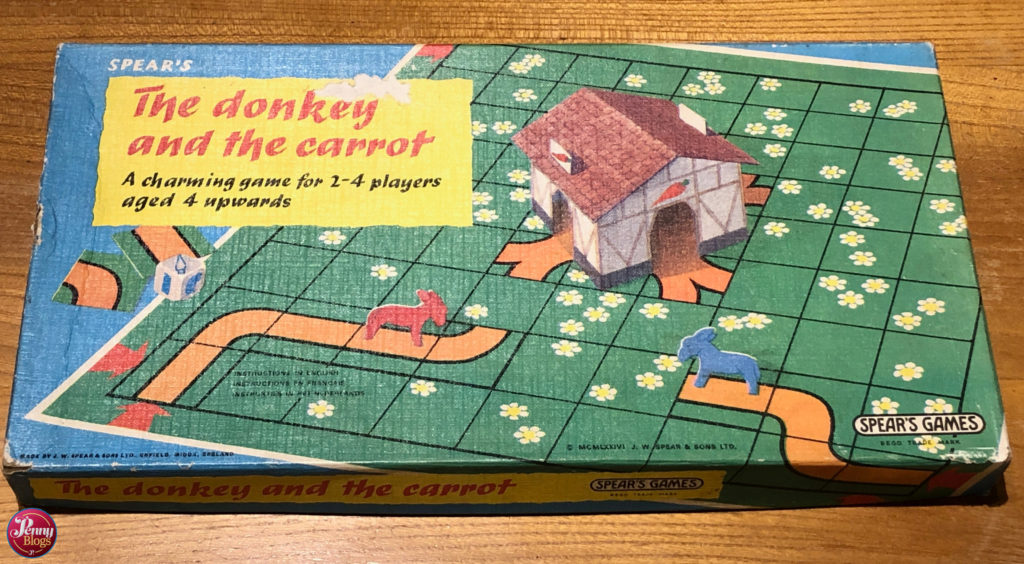
Aim of the game
The aim of the game is relatively simple – to get your donkey to the stable in the middle of the board first. The only problem is that there is no path to the stable. Each player has to build the path there themselves, as well as travel along it.
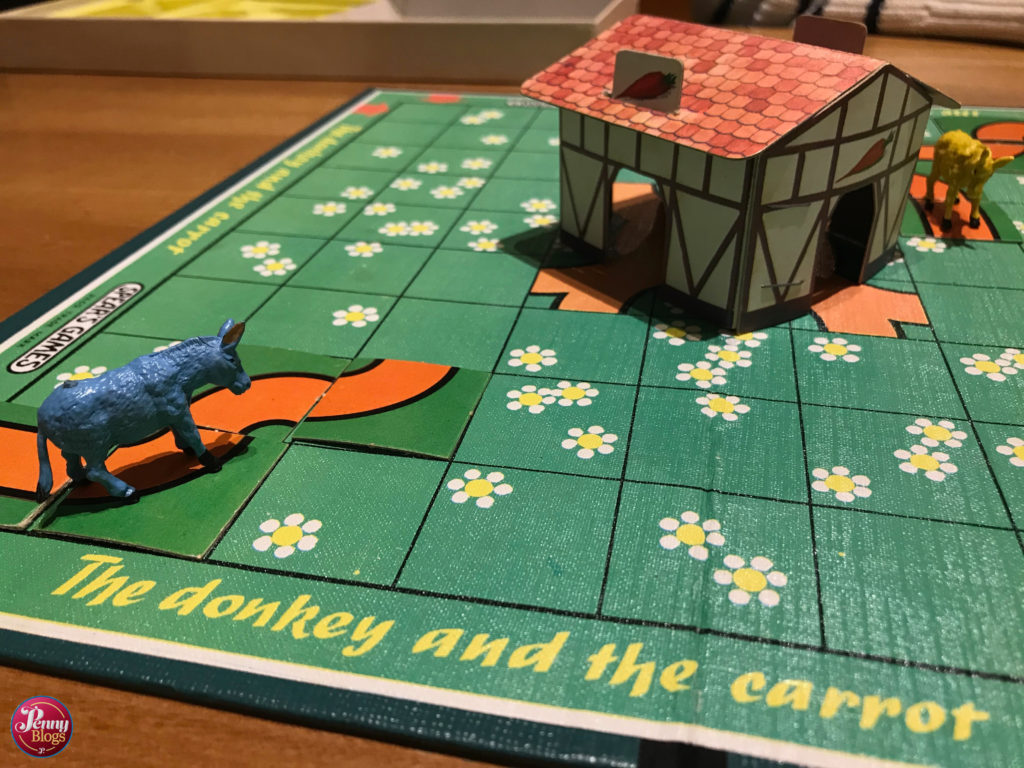
How to play
Between 2 and 4 players can play The Donkey and the Carrot. Each player starts in the corner of the board to the left of where they are sitting. There are four coloured plastic donkeys for playing pieces. Next to the board are placed two piles of path pieces – one of straight pieces and one of curved pieces.
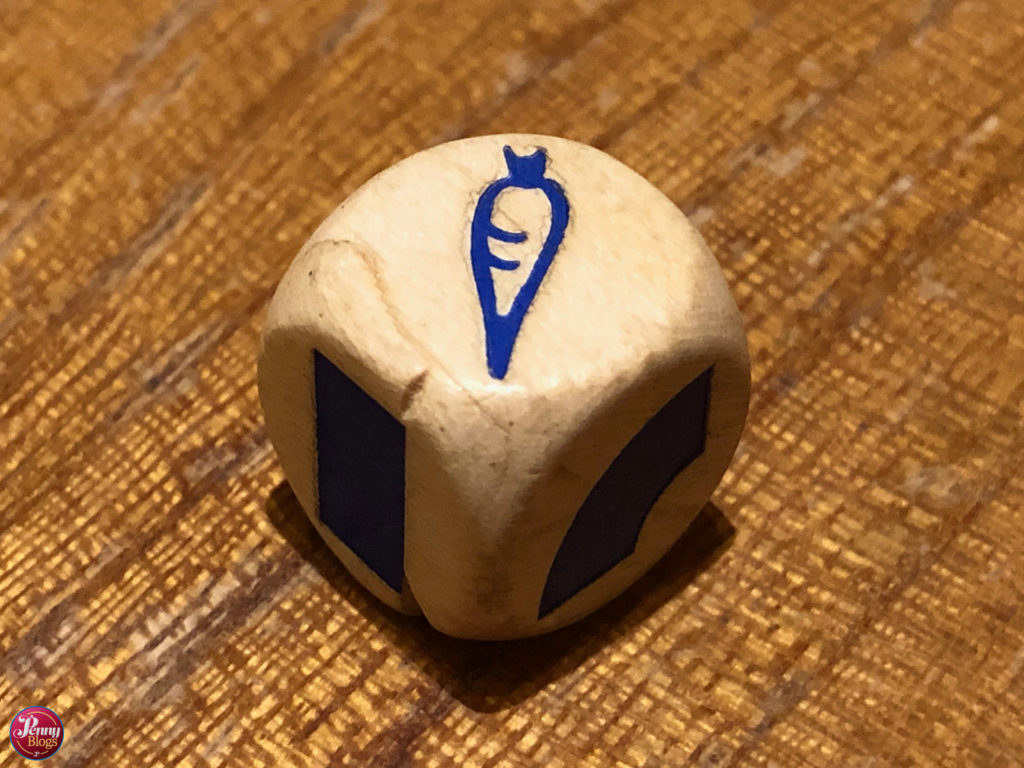
The special die for the game has three different symbols on it: a carrot, a straight path and a curved path. When you roll the die if you get either a straight or a curved path then you must lay a corresponding piece of path. This must either connect to your starting point or any path you have already laid. If you roll a carrot and you already have laid path in front of you then you move along one square of path. If there is no path then you stay where you are and miss a turn.
When the rules run out
There are rules about what happens if you lay a path so that it goes off the board or runs into someone else’s path. The scenario that doesn’t seem to be explained in the rules is if you’ve managed to lay a path all the way to the stable, but just keep rolling more paths not carrots. It’s not at all clear in the rules as to what you should do in those circumstances. Just stay put? Start again, as you do if your path runs off the board? Miss a turn? Who knows!
Our thoughts on The Donkey and The Carrot
There’s no doubt that The Donkey and The Carrot is a sweet children’s game with cute donkeys and a 3D stable in the middle of the board. But, it’s not exactly a thrilling game. There’s a degree of frustration if you don’t get the right path pieces to get to the stable in an efficient manner though.
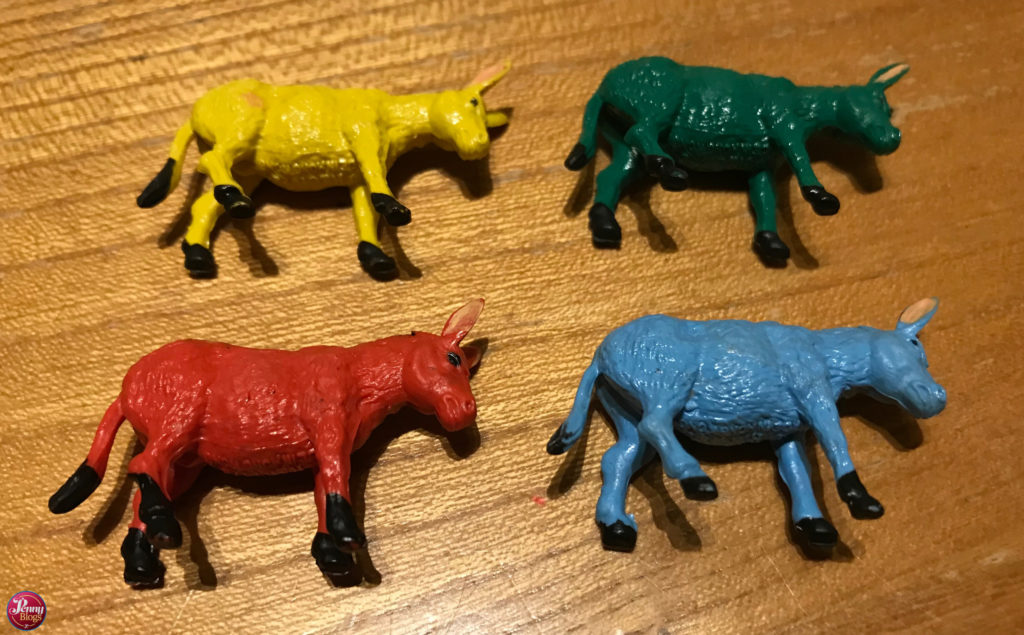
It’s also a game in which all players can end up playing in a bit of a silo on their own. This can obviously be advantageous if you have children who are prone to bicker whilst playing, but also doesn’t allow much opportunity to interact during the game.
Are you a fan of vintage board games?
If you’re interested in vintage board games then why not head over to Facebook and join our new vintage board games group.
For more vintage board games and toys here on Penny Plays take a look here.

